The first thing I noticed about the James Lumber Center for the Performing Arts in Grayslake was its intimate feel; it had the wooded atmosphere of the Pick Staiger auditorium at Northwestern, but not the cramped feel of our auditorium here at LFHS. It was the Lake Forest Symphony Orchestra’s opening night of their new season, and I looked forward to hearing them play. My seat in row Q had me sitting directly behind the conductor, allowing the best sound to hit me at its fullest volume.
The first thing I noticed about the orchestra itself was its small size; they didn’t take up very much room on the stage, and the stage itself wasn’t particularly large. Let’s just say I wasn’t expecting much in terms of their sound. Fortunately, I was proven wrong.
After a dramatic performance of both the National Anthem, and Happy Birthday (to celebrate the orchestra’s 60th anniversary), the conductor took some time to talk about the first piece on their program, “there are no words.” The composer of the piece, Mr. Jim Stephenson, was inspired to write after the tragic shooting at a church in Charleston, South Carolina back in June of 2015. Coincidentally, this concert fell almost a week after the shooting in Las Vegas, now labeled the worst mass shooting in modern American history. Needless to say, this piece was going to have an impact on the audience because of its timeliness.
But the conductor, Mr. Vladimir Kulenovic, didn’t stop there. He reminded us how when we don’t have voices in times of great tragedy, we have our music. We have our ability to express ourselves through what we write, or play, or perform. “I see,” he told us, “Even in these dark and gloomy days, hope.”
When Mr. Stephenson himself entered the stage to introduce his piece, he told us about all the different metaphors he was able to embed into piece, from the recurring metaphor of the number nine for the nine lives lost, to the stages of grief that the families went through. He structured “There Are No Words” around five different themes: the act of the shooting itself, shock, sadness, anger, and finally, forgiveness.
The first note did hit my ears like a gunshot–powerful and startling. The orchestra’s powerful sound was surprising for its small size. The eight that followed came increasingly quiet, and the metaphor brought powerful visualizations to my head about what the victims were thinking at that moment. The tone afterwards became mellow, and the audience itself began to remember what it was like to find out about this tragedy through the news. It continued on through all of the stages, finding a way to capture the beauty out of all of the instruments; soaring harmonies in the horns, to the sensitive high register of the oboe, even the delicate piano chords. The melody he created with all of the names represented (Clementa, Cynthia, Tywanza, Ethel, Sharonda, Daniel, Myra, Susie and DePayne) was repeated nine times, each one performed differently, to represent the different lives these victims lived. In conducting his piece, Mr. Stephenson was able to use motion to elicit the sounds he wanted out of the orchestra, giving the audience a visual representation of what the piece meant.The ending was as powerful as the message. there are no words received a standing ovation.
Stephenson writes with a knowledge of every instrument’s strengths, and he has a unique ability to cater to both classical music fans and those who don’t listen to the genre regularly. His music is accessible in that way to a number of generations, and it is not off-putting. His message now is more relevant than ever, and this piece reinvents classical music in a way that is like writing itself; full of metaphors and technicalities, but still holding a theme that is noticeable by the reader. This was one of the highlights of the concert.
Next up was the Mendelssohn Violin Concerto performed by the orchestra and soloist Angelo Yu. From the beginning, his power and passion for the piece was evident, and both he and the orchestra conveyed an immense amount of emotion. The concerto was very joyful, as Mendelssohn often wrote. Dynamic contrast in both parties was effective and noticeable. Mr. Yu used facial expressions that were dramatic, yet appropriate for the piece. During long notes and phrases, he would turn and face us, whereas on more concrete passages he would stand still, playing fast and focused. He ended the piece in a flourish, and after much applause, he performed an excerpt from an opera, full of sensitivity, with a sound that filled the entire auditorium.
The final piece, Dvorak’s New World Symphony, was the piece I had been looking forward to all evening. I have been listening to the symphony for a long time, and the melodies and the unique diversity of the piece really grasp my attention. In the first movement, the orchestra displayed constantly changing dynamics, with a strong cello section and iconic melodies led by the conductor’s broad movement. He used height (high and low) to elicit emotion from the orchestra. The second movement is the most well known; many people know it as the ‘Going Home’ melody, with a captivating solo by the english horn player. Being an oboe/english horn player myself, I believe the english horn player executed the solo nicely, but I would have liked to see more vibrato in her playing; vibrato, for readers not familiar, is a musical technique used to improve phrasing and contribute to the pretty sound of the piece. I was able to observe that the orchestra had significant success when they breathed together; even the strings were breathing in anticipation of the next passage of music. There is a saying that when ‘you breathe together, you play together,’ and this was evident in the orchestra’s performance.
In addition to the performance of the orchestra during this movement, I also noticed the performance of the conductor. Mr. Kulenovic seems to paint with his hands, an invisible picture that the audience is left to visualize from the music. He is able to draw together both the auditory element of the piece, as well as the imagination of it, leaving interpretation up to the listener. Amid all of the music washing over me, I was riveted at this part of the performance; watching Mr. Kulenovic, and the oboe playing, and the violins, and trying to imagine my own visual interpretation of the piece. Only a few live performances in my lifetime have brought tears to my eyes; this performance of this beautiful movement was one of them.
The orchestra was again successful in performing the third movement of Dvorak’s masterpiece. The chemistry of the woodwinds, and the strength of the violas contributed to a full and powerful sound that struck us immediately. The program notes for this concert talked also about the triangle part; the effect of the triangle provided a somewhat calming tone to this movement, amid the other busy notes. In the fourth movement, LFS had similar success, with spectacular performances in the brass and low strings. I would venture to say that the brass were actually overpowering the strings at times, especially considering how small the violin section was. Another picture was painted for the audience through the recurring ‘sailor song’ that was the theme of the movement. Mr. Kulenovic also contributed to that theme, conducting in a playful and imaginative way that made me laugh.
At the end of the performance, I was thoroughly impressed. Aside from a few slips that were noticeable in some of the instruments, and some balance issues, the orchestra delivered a memorable performance. The audience was also well behaved; applauding heavily, and never applauding in between movements.
Yes, I may have come to this concert because I am somewhat of a music nerd. I may have come because I loved the Dvorak piece. I may have come because I enjoy classical music. But I realized something through this concert. I realized that music isn’t just about people like me, and it isn’t just geared towards someone who likes music. Music speaks when words cannot, and it tells stories. It can tell stories about people who are lost, people who have no means to go on. It can tell us of the journeys to different countries, the struggles through difficult times. The Lake Forest Symphony is contributing to an art form that expresses the diversity of mankind through a spectrum of feelings and cultures. Bravo, LFS, and I look forward to coming to hear you play again soon.

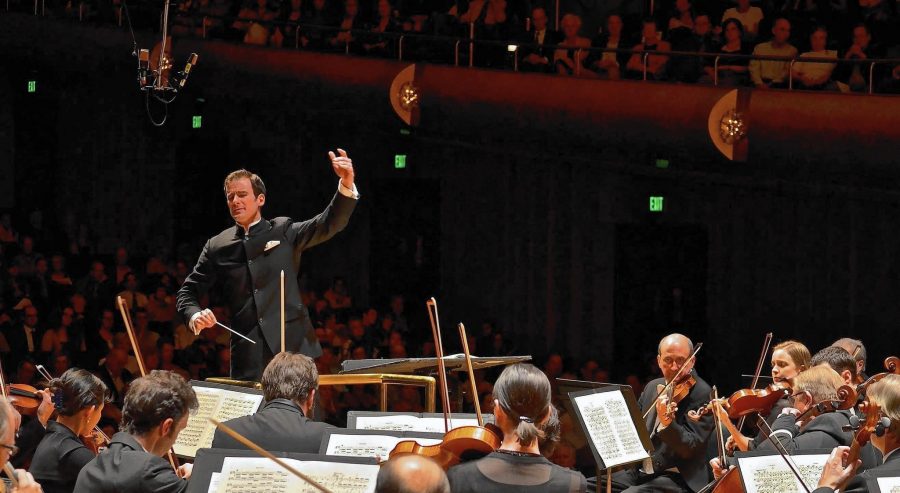

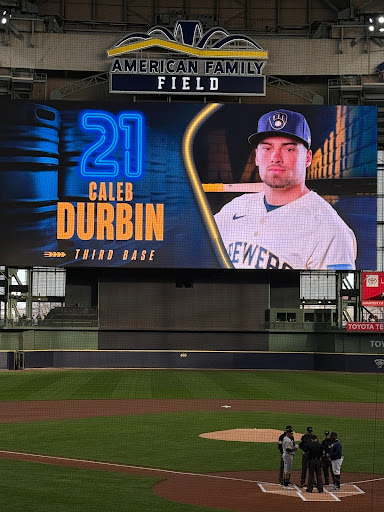
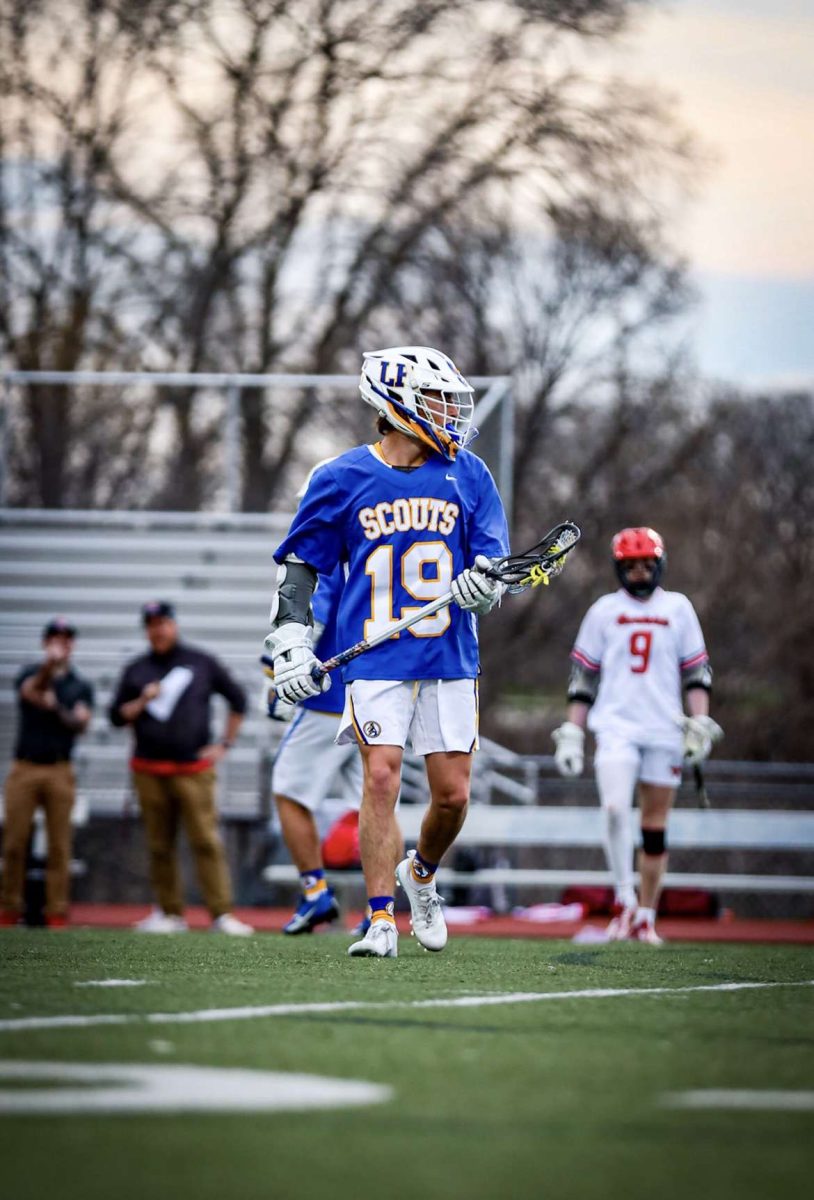

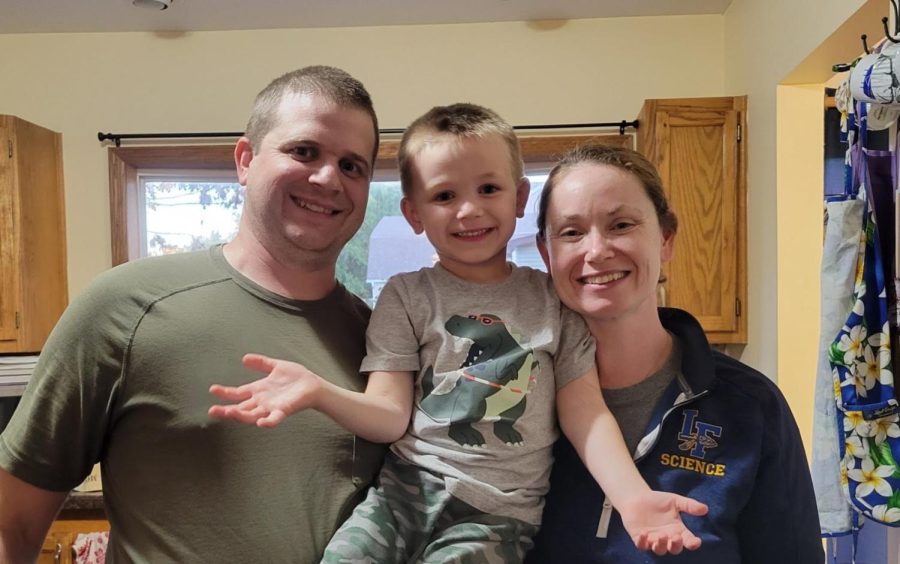
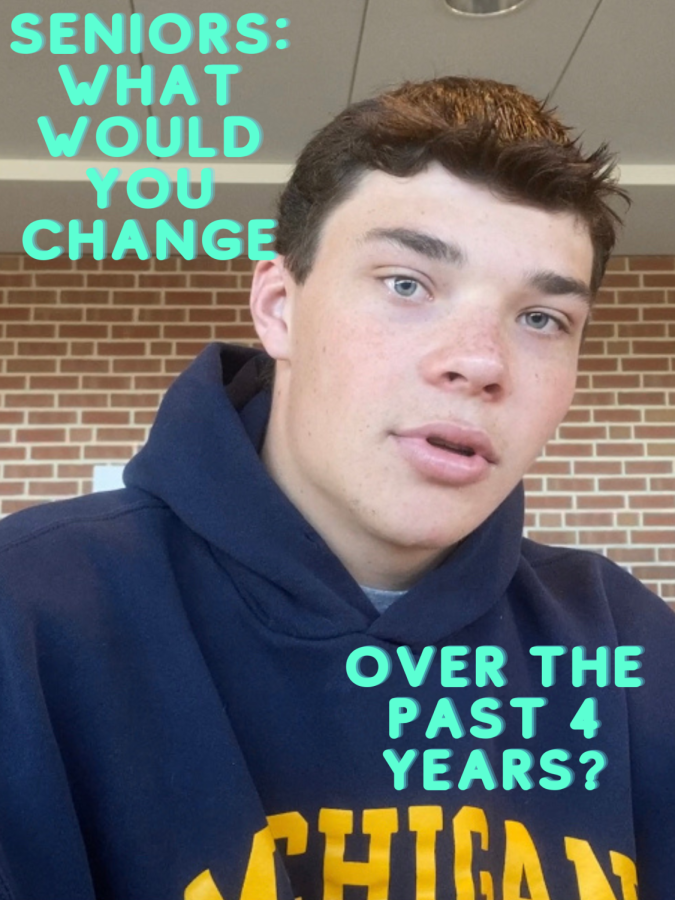
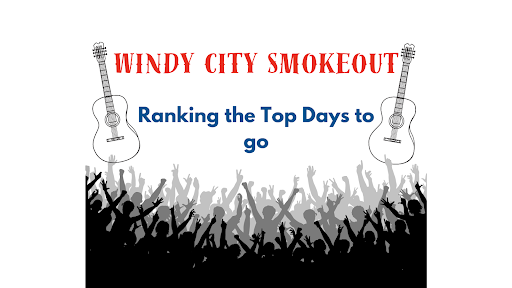
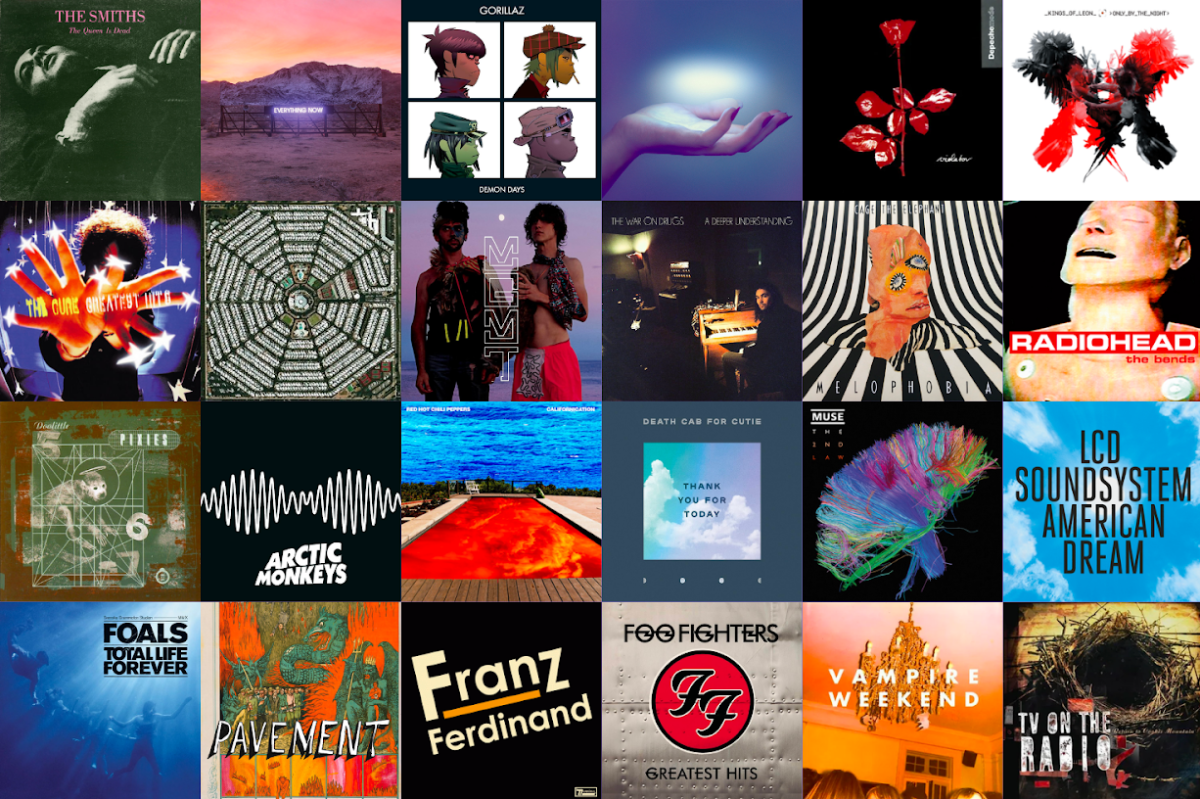
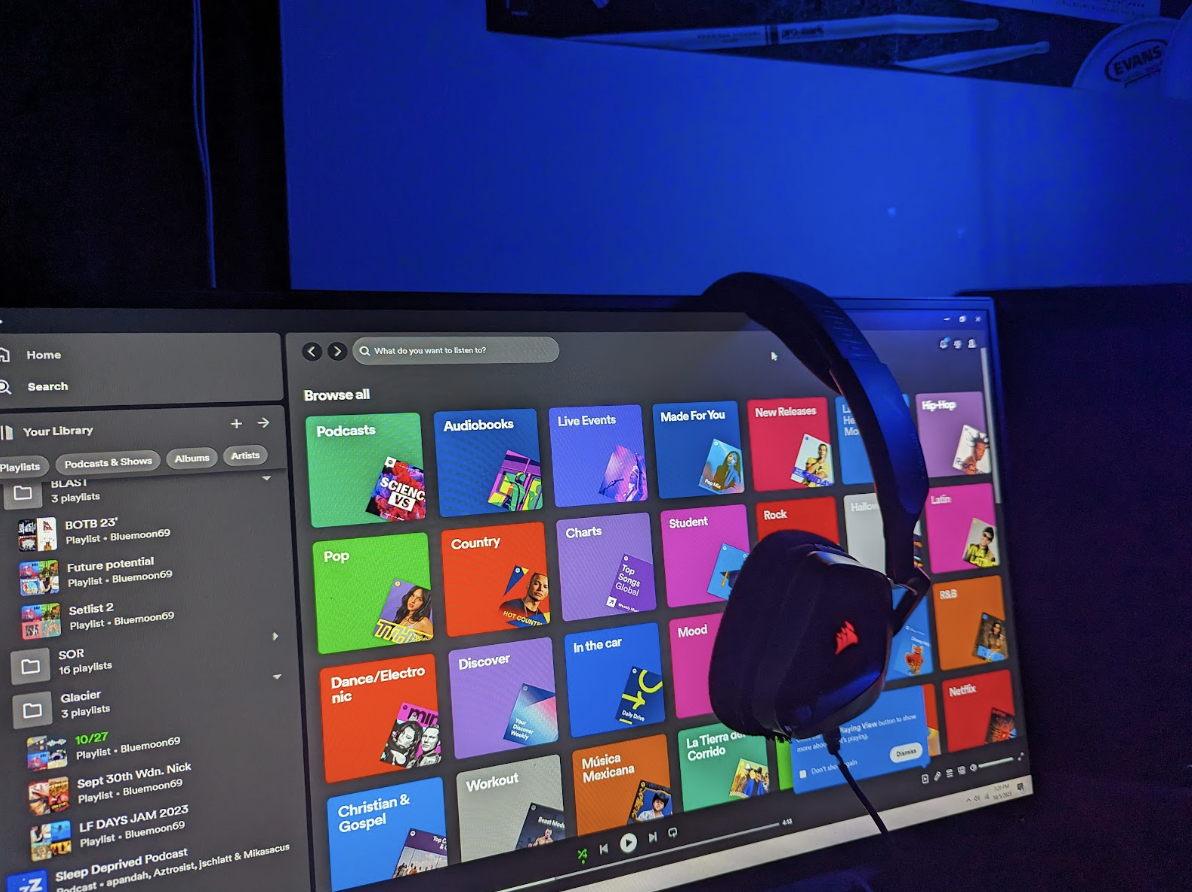
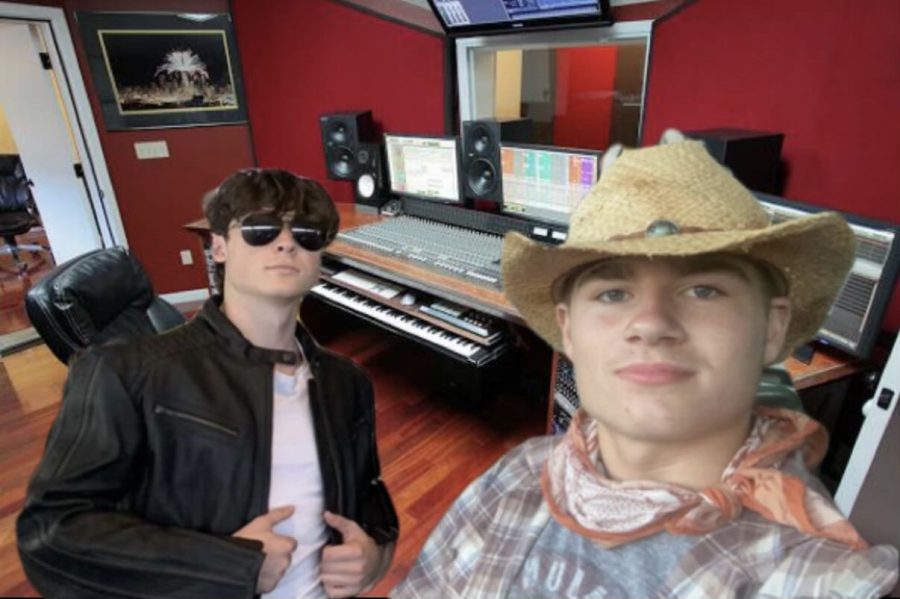
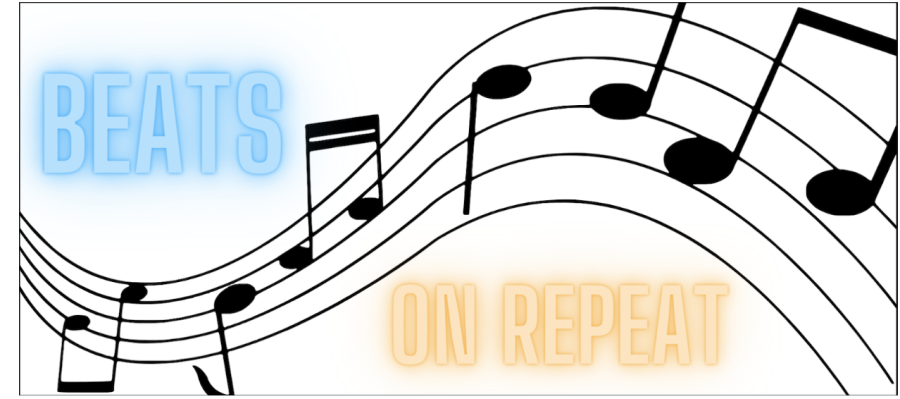
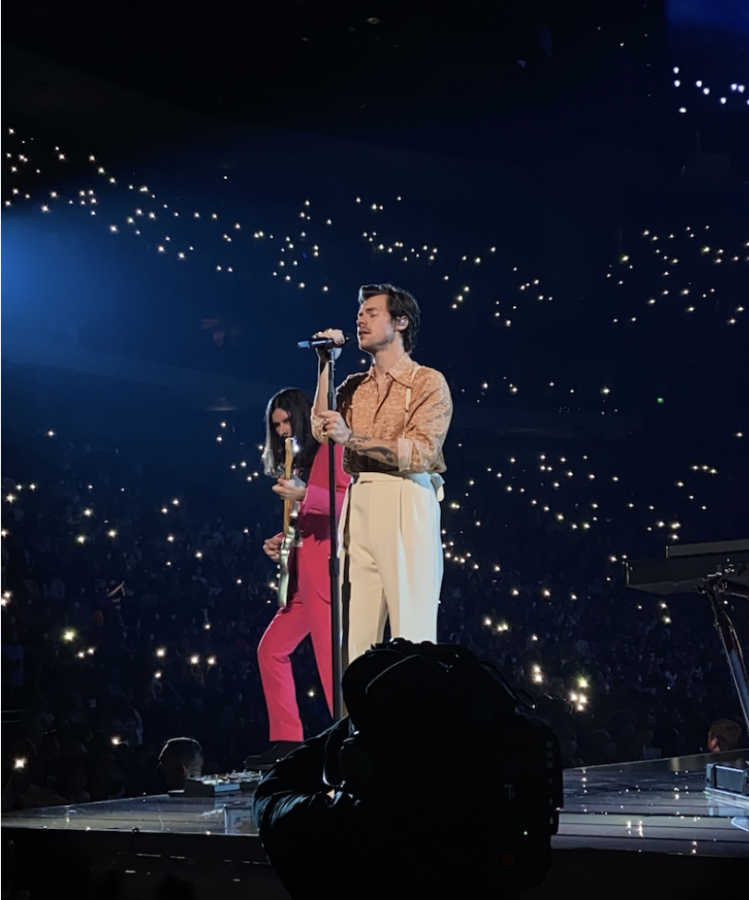
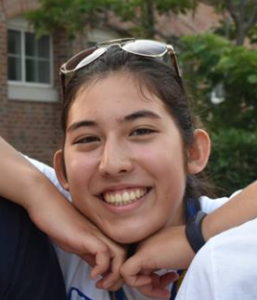
Mrs.N • Oct 24, 2017 at 1:18 pm
When do the Swing Sonatas play next? Keep us posted on all your musical adventures.